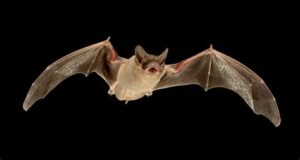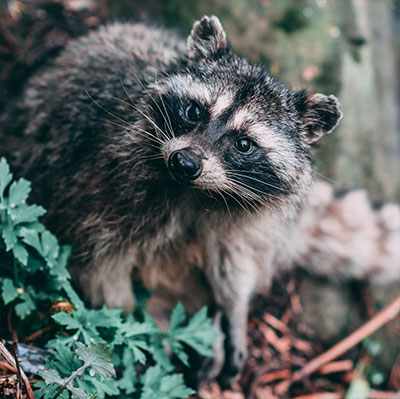The Hammer Restoration team has the bio hazard training and experience to help you if you have damage from bats, raccoon’s or other rodents in your home or commercial building.
As soon as you discover an intrusive animal in your home or business, you should contact a trusted animal control professional to remove it before it causes too much damage. After the animal is removed, it is also wise to contact a biohazard cleanup specialist to clean any feces, urine, or other bacteria left by the animal.
Attics, poll barns, garages, and other structures that have Bat, Raccoon or animal feces, soiled insulation and animal contaminants are always a concern and can cause serious health issues for the residents of the home or business. Environmental safety, property values, bio-hazard issues, electrical fires, code violations and the prevention of diseases are also important reasons to make sure an attic is clean and safe. Removing and replacing insulation is a part of the cleaning and decontamination process as are disinfecting, deodorizing, and performing electrical wire inspections when needed.

Raccoon damage Clean Up: Raccoons often leave their feces in communal sites called latrines. Because raccoons are the primary host of Baylisascaris procyonis (BP), a roundworm that can harm people, and the roundworm eggs may be present in raccoon feces, their latrines should be removed and cleaned up whenever they might pose a health hazard. This the task requires extreme caution. Where might a raccoon latrine be? If not around the base of a tree, a raccoon latrine may be in an attic, garage, pole barn, roof, deck, or patio. Raccoon latrines in or near a dwelling are considered a potential health hazard.

Bat Guano Clean Up: Bat guano is the accumulation of bat feces and can be found wherever bats live, including attics, garages, barns and barns. Even a small colony of bats can leave a substantial quantity of guano over time.
Histoplasmosis is an infectious disease that can be acquired by inhaling the histoplasma capsulatum fungal spores that become airborne as bat guano dries. Symptoms associated with this disease may include skin irritation, dry cough, shortness of breath, and possibly chest pain. These may last weeks or even months if not treated and can be very dangerous to humans. Because of this, bat guano should only be removed by licensed professionals with protective gear and who know the proper technique.

